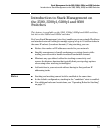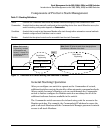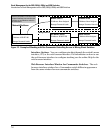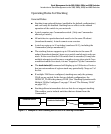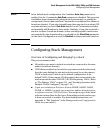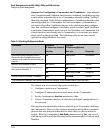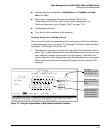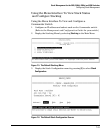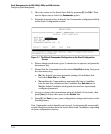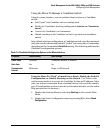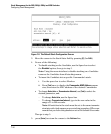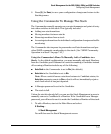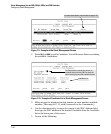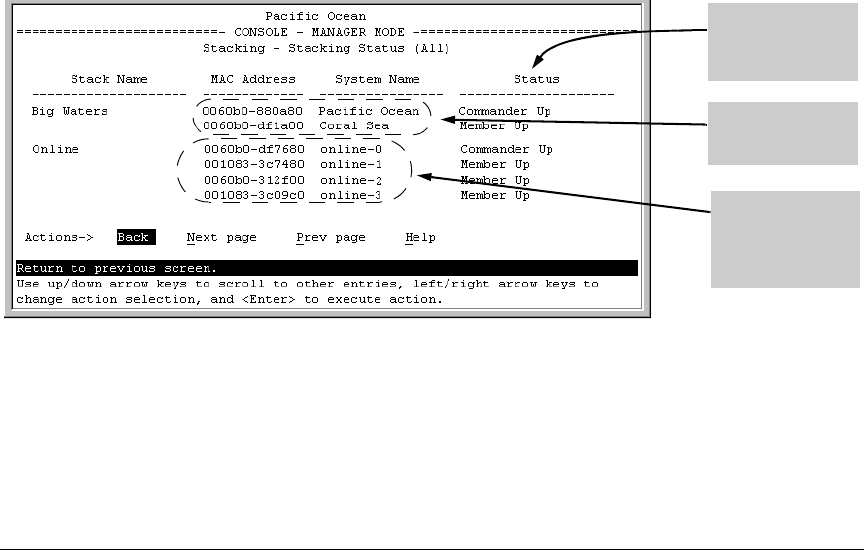
Stack Management for the 3500, 3500yl, 6200yl and 6600 Switches
Configuring Stack Management
■ Default stacking configuration (Stack State set to Candidate, and Auto
Join set to Yes)
■ Same subnet (broadcast domain) and default VLAN as the
Commander (If VLANs are used in the stack environment, see
“Stacking Operation with a Tagged VLAN” on page 7-44.)
■ No Manager password
■ 14 or fewer stack members at the moment
General Steps for Creating a Stack
This section describes the general stack creation process. For the detailed
configuration processes, see pages 7-13 through 7-36 for the menu interface
and pages 7-29 through 7-41 for the CLI.
1. Determine the naming conventions for the stack. You will need a stack
name. Also, to help distinguish one switch from another in the stack, you
can configure a unique system name for each switch. Otherwise, the
system name for a switch appearing in the Stacking Status screen appears
as the stack name plus an automatically assigned switch number. For
example:
Stack named "Online"
with no previously
configured system
names assigned to
individual switches.
For status
descriptions, see the
table on page 7-45.
Stack with unique
system name for each
switch.
Figure 7-4. Using the System Name to Help Identify Individual Switches
7-11



